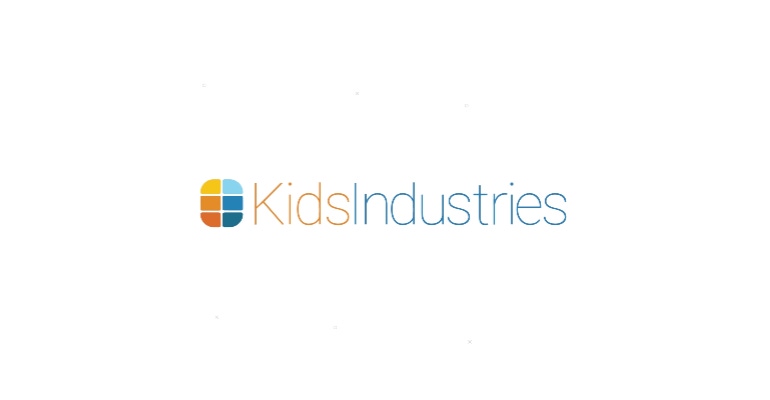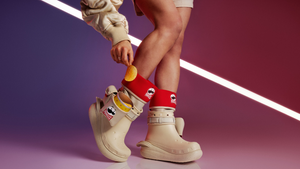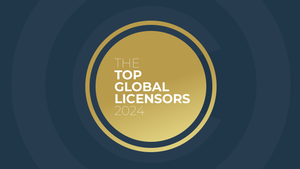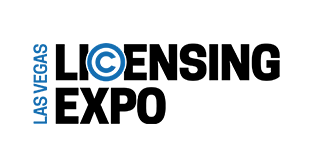BLE 2021: Gary Pope, chief executive officer and co-founder, Kids Industries, will be at the Products of Change Sustainability Activation for all three days of BLE.
November 17, 2021

Family-focused marketing agency Kids Industries (KI) launched a new report Brand Licensing Europe (BLE) exploring the relationship children and their parents have with the environment.
Hot on the heels of COP26 and the announcement that government is planning to change the primary curriculum to include climate change science and sustainability studies, the survey of 2,001 children and parents in the U.K. and U.S. shines a light on current perceptions today and what families would like to see change.
“The introduction of a new environment-based curriculum couldn’t come at a better time,” says Pope. “Children need supporting in their knowledge of the issues at hand and what they can do to make a difference – never underestimate the power of collective responsibility. That said, parents don’t want more information, they want it to be easier and they’re looking for companies that can facilitate this.”
The report shows the following:
65% of children aged 5-15 do not know what ‘sustainability’ means – this includes 80% of 5-7-year-olds and 50% of 12-15-year-olds;
87% of U.K. children don’t know what ‘greenwashing’ means;
86% don’t understand the term ‘bioplastic’
42% of U.K. children are confused about environmental issues (this confusion reduces with age) – this rises to 53% amongst U.S. children;
While 63% of U.K. children (67% in the U.S.) aged 5-15 believe our impact on the environment and wildlife is the most important issue we face today, the specifics vary by country.
In the U.K., they are:
Plastic waste (53%)
Climate change (50%)
In the U.S., they are:
Pollution (41%)
Saving endangered species (39%);94% of U.K. children (92% U.S.) have done something for the environment, most commonly recycling (63% U.K., 36% U.S.);
83% of U.K. and U.S. children U.S. agree everyone can be environmentally friendly if they try hard enough;
70% of U.K. children (76% U.S.) agree it is important to them that their lifestyle is more environmentally friendly;
69% of U.K. children (77% U.S.) would do more for the environment if they had more time and money;
It’s clear that plastic is still king, but planet-friendly toy options are catching up;
Plastic toys were the most popular toy category purchased in the past 12 months by U.K. parents (40%) and U.S. parents (52%), followed by second-hand toys in the U.K. (37%) and wooden toys in the U.S. (38%)
In the U.S., plastic toys are also the most frequently bought (32%) but in the U.K., more parents buy second hand (25%) over plastic (22%);
When toys outlive their use, 14% U.K./16% U.S are thrown away and heading to landfill while 32% U.K./26% U.S. given to charity;
Interestingly, 25% of U.K. parents said that they had bought a ‘sustainable’ toy in the past year (rising to 37% of U.S. parents); and
Parents want to see products that are easier to recycle (48% U.K./41% of U.S.), cheaper sustainable product options (45% U.K./32% U.S.) and products that are easier to refurbish or fix (37% U.K./35% U.S. parents).
“The demand for new solutions from children and their parents is evident – and just as recycling is at the forefront of children’s minds, it’s playing on their parents thinking, too, and best of all, it’s the easiest solution,” says Pope. “There’s now a genuine desire too for toys that are produced more sustainably – a consciousness to see less waste. The toy industry has a responsibility to review these figures and adjust accordingly. The time to take action and listen to wants and desires in these areas is now.”
Read more about:
Kids IndustriesAbout the Author(s)
You May Also Like






